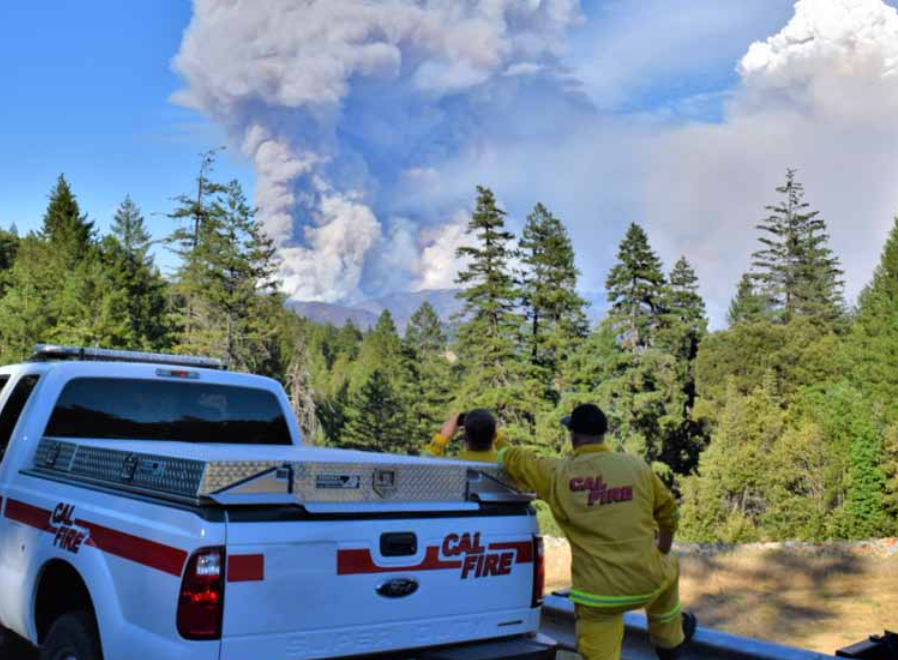Wildfires have increased in size, severity, and frequency in most western forests over the last three decades, as demonstrated by published literature and federal data summaries. Historically, fire was an ecological part of the landscape up until the late 1800s, when fire suppression became a common practice. Since 1950, 61% of the total area burned by wildfires occurred since the year 2000. The recent increase in fire frequency is due to historical fire suppression, human-caused fires, and the increase in global temperatures since 2000, where 17 of the 18 warmest years have occurred since 2001. Fire severity changes are more complex and vary by region, and are increasing across many forested ecosystems. Large fires (>1,000 acres) and mega-fires (>100,000 acres) are becoming more prevalent, with an increasing area burning at high severity. In forests where fire exclusion has occurred, uncharacteristically high fuel loadings contribute to the increase in high-severity fires. Since 2004, mega-fires began occurring on an annual basis. The average length of fire season has increased across the western US by 2.8 months.
Full paper: https://bit.ly/2XNBSFX
Wasserman, T.N. 2020. Wildfire Trends Across the Western US: Forest Fires Have Increased in Size, Severity, and Frequency Across Western Forests. ERI White Paper—Issues in Forest Restoration. Ecological Restoration Institute, Northern Arizona University. 10 p.
Image credit to the author, not property of the Southern Rockies Fire Science Network.

